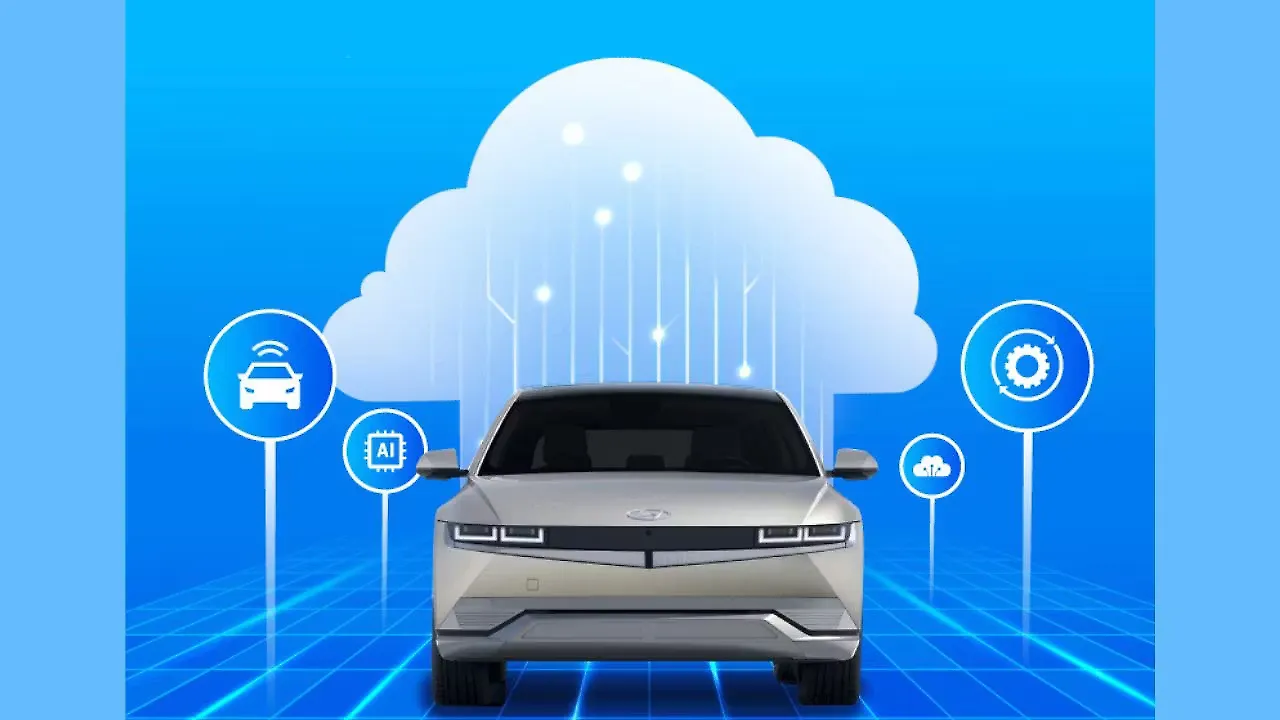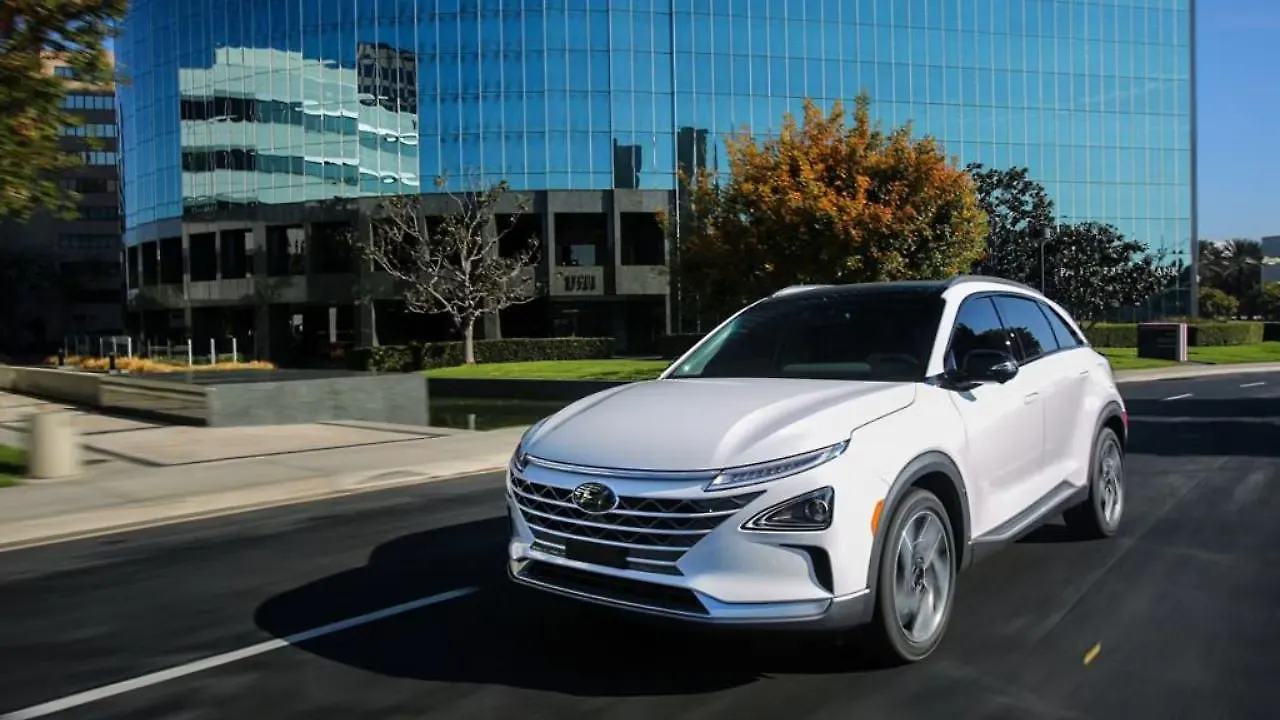
Hyundai Motor reiterated its commitment to electrification with a series of important announcements at its recently held 2023 CEO Investor Day in Seoul.
The company will focus on its ‘Hyundai Motor Way’ strategy by investing KRW 109.4 trillion (around $85 billion) over the next decade, of which KRW 35.8 trillion ($28 billion) has been earmarked for electrification. It aims for two million units in annual EV sales by 2030.
The key parts of the strategy include introducing a next-generation modular architecture for EVs, strengthening EV production capacity, battery development capabilities and future businesses.
Hyundai’s second-generation dedicated EV platform, under the new integrated modular architecture (IMA), will replace its electric-global modular platform (E-GMP) going forward. This new platform will be used on 13 dedicated EV models from Hyundai Motor Group’s automotive brands Hyundai, Kia and Genesis through 2030.
With IMA, the company expects to standardise modules and parts between the models to further expand economies of scale and significantly reduce EV development complexity and costs. According to Hyundai, the vehicle development system implemented by the IMA represents a significant advancement compared to the current system, enabling maximum cost reduction through economies of scale.
Versatile Combinations
In the existing system, auto parts can only be shared among vehicles that share the same platform. However, with the IMA development system, over 80 common modules can be used across different segments, irrespective of vehicle type, allowing for versatile combinations. This breakthrough allows for greater flexibility and efficiency in the development process, paving the way for significant cost savings.
In the second-generation platform, the scope of vehicle development extends beyond the mid-sized SUVs covered by the current E-GMP system. It encompasses nearly all vehicle classes, ranging from small and large SUVs to pickup trucks, along with the flagship models of the Genesis brand.
Hyundai Motor plans to apply a range of battery solutions, including next-generation NCM batteries and LFP batteries, for the second-generation platform. The company is also exploring different form factors of batteries to enhance versatility.
To further extend the driving range, Hyundai Motor intends to implement cutting-edge technology that enables battery charging and discharging while driving, using an independent power bank. In addition, the integration of an AI-based battery management system will ensure real-time monitoring and diagnosis of battery conditions, ensuring enhanced safety by preventing thermal runaway.
Supporting SDV Strategy
As Hyundai has stated, the modular architectures and next-generation platform will enable software architecture compatibility in support of its software-defined vehicle (SDV) strategy. The company aims to build an app ecosystem through the application of an open operating system and controller integration, including Level 3 and higher autonomous driving capabilities, high-performance semiconductors and over-the-air (OTA) update advancements.
As for the electrification transition, Hyundai Motor is not only building new factories dedicated to EVs but it is also promoting a rapid and efficient demand response strategy by using its existing ICE plants.

The proportion of global EV production is set to increase from 8% this year to 34% in 2030. The company plans to expand production by region through a two-track approach of line conversion in ICE factories and new dedicated EV plant establishment.
Since the demand for ICE vehicles remains high, the company is currently producing EVs on mixed production lines as it is more cost-efficient than building more EV-dedicated factories. By using existing lines, construction time is much shorter than building new plants and can be ramped up quickly to meet EV demand.
The company is currently producing EVs in this way at its plants in the US, South Korea, the Czech Republic, and India where it plans to convert additional lines as market demand dictates. It recently announced significant investments for EVs in India where the Chennai plant will be the core of its strategy.
Dedicated EV Plants
In addition, the company is building dedicated EV factories in regions that are expected to grow significantly in the future and require localisation. The new factories will be equipped with new ‘smart factory’ technologies to maximise the efficiency of EV production.
Hyundai’s first dedicated EV factory, the Hyundai Motor Group Metaplant America (HMGMA) in Georgia, US, is under construction with a targeted start-up date in the second half of 2024. With an annual production capacity of 300,000 vehicles, it aims to meet the demand for EVs in North America.
Meanwhile, an EV-dedicated factory in Korea aims to start mass production in 2025, responding not only to domestic demand for EVs but also to the rapidly growing global market. To maximise production efficiency at these dedicated EV factories, Hyundai Motor Group Innovation Center in Singapore (HMGICS), which is scheduled to be operational this year, will be equipped with ‘smart factory’ technology.
HMGICS will demonstrate various new manufacturing technologies for enhancement of quality, logistics and management automation. The company will apply the smart manufacturing platform to factories dedicated to EVs. HMGMA, for instance, will adopt more than 75% of the new technologies demonstrated at HMGICS. Compared to Hyundai Motor’s plant in Montgomery, Alabama, the company expects to significantly improve logistics and assembly automation rates and the number of vehicles that can be produced.
Increasing Localisation
In the US market, which is rapidly transitioning to EVs, Hyundai Motor plans to increase the localisation rate by increasing the proportion to 75% from the current 0.7%. In Europe, it will also promote electrification in line with market conditions by increasing the proportion to 54% from the current 7%. The company plans to increase the proportion of EV production in other regions to 16% from the current 2%.
With global EV demand growing faster than market forecasts, Hyundai Motor is raising its 2030 sales target from 1.87 million units to two million units. The company has also raised sales targets for major regions and is preparing to flexibly adjust its sales targets according to market demand.
Hyundai Motor is targeting more than 10% profitability for EVs in 2030 based on the EV development system implemented by the IMA, high-margin derivative model operation, cost reduction through production facility operations strategy and new revenue generation through SDVs.
As for its battery-wise competitiveness, Hyundai Motor plans to invest KRW 9.5 trillion ($7 billion) over the next ten years. The company aims to enhance internal capabilities for battery development, diversify external collaboration and develop next-generation batteries.
The company has established a specialised battery development organisation within its Namyang R&D Centre, focused on battery system and cell design, battery safety reliability and performance development and next-generation batteries. It has formed a dedicated organisation for each function required for battery development and is securing/training specialised personnel.
External Collaborations
Hyundai is also improving battery performance, developing advanced technologies for next-generation batteries and building infrastructure. In addition, the company is expanding external collaborations with specialised companies, startups and universities.
It is also establishing JVs with battery companies to ensure stable supply and secure optimised battery performance for its EVs. Joint research and equity investment in startups to accelerate the development of next-generation batteries is also underway.

Hyundai Motor has completed the construction of the Battery Joint Research Centre at Seoul National University, which is scheduled to open in July this year. The dedicated research facility is equipped with the highest specification laboratory equipment at the same level as its own to improve the quality and completeness of its research.
The company is also using these internal and external resources for material sourcing, stabilising material supply and demand by recycling raw materials, battery cell design and next-generation battery development plans. It is focusing on lithium and nickel, which are essential for electrification, and entering into partnerships to secure these materials.
Various Battery Cells
Going forward, the company will continue to ensure superior performance and safety of its batteries and increase cost competitiveness. It is preparing various battery cells optimised for each vehicle type keeping in mind market and customer needs.
It plans to introduce competitive lithium-iron-phosphate (LFP) batteries with increased energy density and improved low-temperature efficiency for the first time around 2025. The number of models to be equipped with LFP batteries will be expanded for emerging markets first.
Hyundai Motor is also advancing its battery management capabilities to maximise the performance of EVs so that batteries can operate at high efficiency and safety under optimal conditions. In addition, it has further advanced the proactive diagnostic function of the battery management system to prevent safety issues through real-time battery condition monitoring.
To realise high energy density and improve battery safety, the company is focusing on the development of next-generation batteries, including lithium metal batteries and solid-state batteries, in the mid- to long-term.
Focus On Hydrogen
Beyond this, the Hyundai Motor Group is also focusing on hydrogen given its sanding in commercialising hydrogen fuel cell electric vehicles. Going forward, it aims to secure a new growth axis by building a hydrogen energy ecosystem at the Group level.
The Group plans to build a ‘Mobilise Energy’ toolbox for the production of resource-circulating hydrogen and manufacturing of green steel in the energy and resources sector, and decarbonisation of heat and power sources for business sites through hydrogen.
The company plans to realise carbon neutrality through the ‘Mobilize Energy’ toolbox, with clean hydrogen, including biogas and waste plastic-based hydrogen, powering its EV production facilities and all the logistics, power generation and infrastructure surrounding them.
The next three years will be dominated by a 50/50 funding split between ICE vehicles and future technologies. From 2026 onward, when EV volume expansion and the application of next-generation EV platforms are in full swing, investment in ICE will gradually decrease. And in Phase 3, when the sum of revenues through EV and software will be expected to exceed ICE, spending on electrification and future mobility will overtake ICE.
Also Read:
Hyundai Eyes Start-ups To Secure Innovative Growth
Hyundai Joins Israel Innovation Authority To Augment Innovation Activities